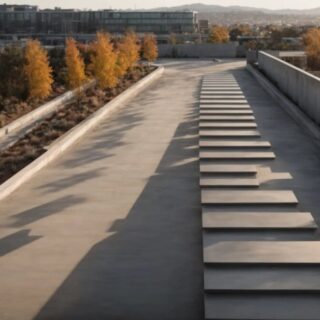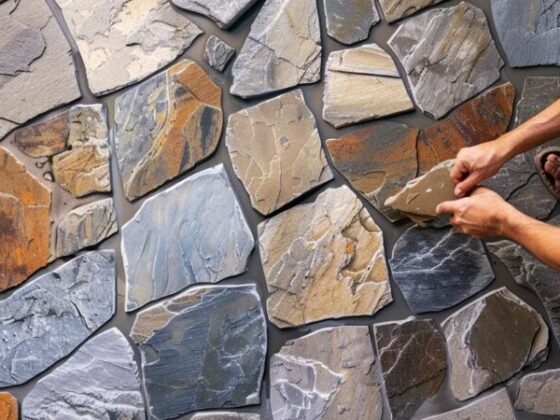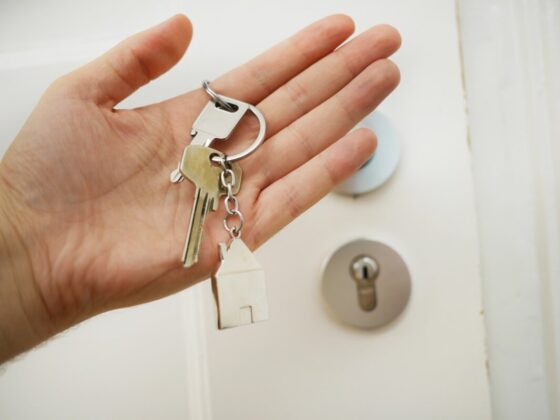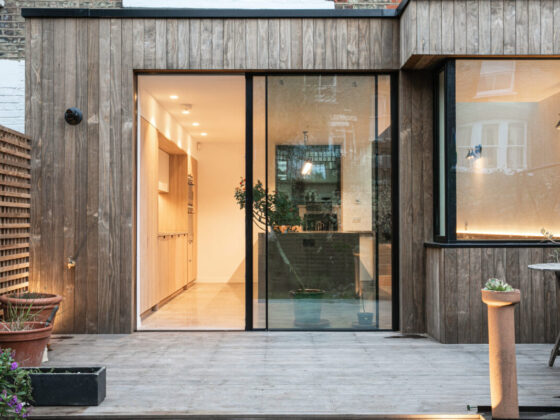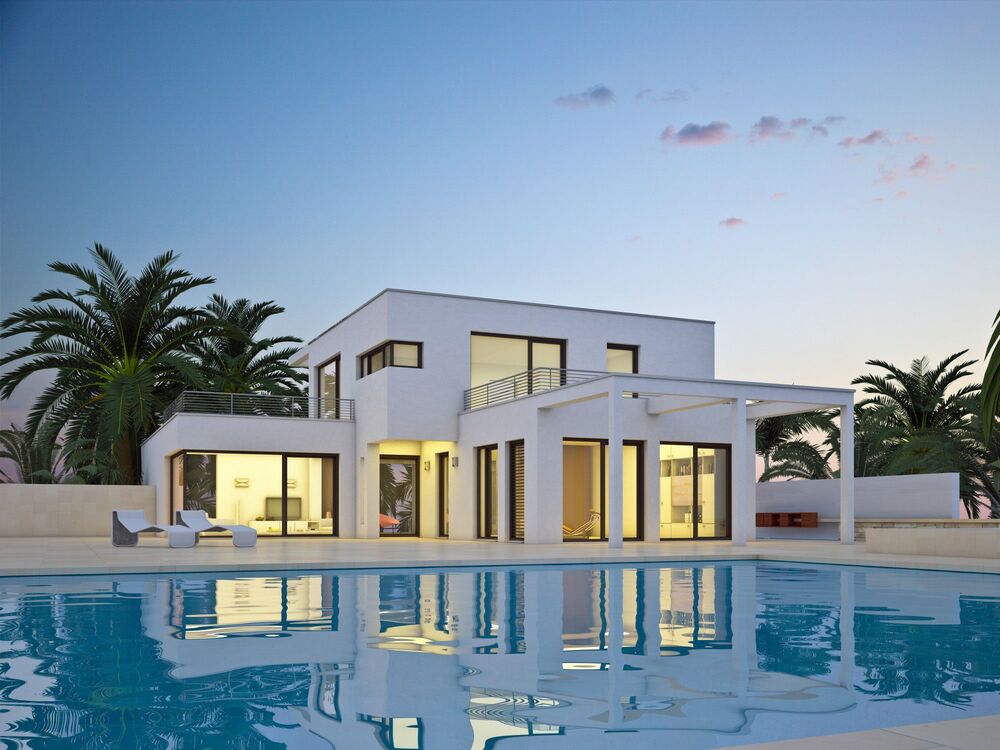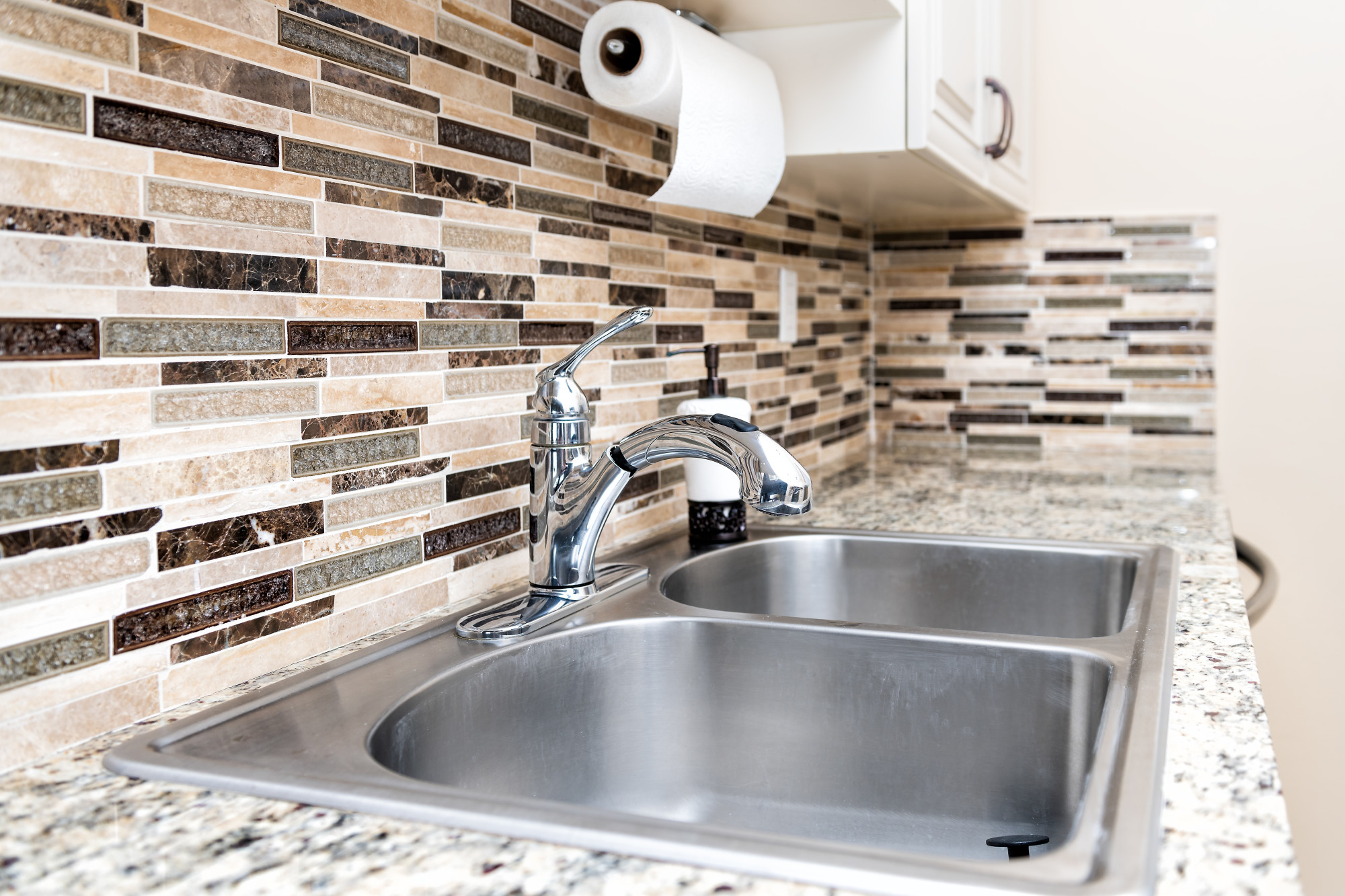There are many reasons to build a home recording booth. You may want to record vocals or acoustic instruments as a singer. You may also want to make voice recordings as a voice-over artist. Whatever the reason, you can quickly build a home recording booth in your living space.
Building a home recording booth requires basic carpentry skills and knowledge. That, coupled with the right tools and features, such as felt wall tiles, will help you complete the project in a week or two and create an impressive recording booth in your home.
With that said, here is how to build a home recording booth.
What is a Recording Booth?
A recording studio is one of the essential facilities needed during the music-making process as it has a range of instruments and equipment that aid the recording, production, mixing, and mastering of sound.
The recording studio has two rooms. One is the recording booth, and the other is the control booth. The recording booth consists of microphones, mic stands, and the area in which the artist performs. On the other hand, the control room consists of various pieces of equipment that sound engineers and record producers handle. The control room houses various sound equipment, like computer software for collecting the artist’s vocals and software for mixing, editing, or equalizing the sound.
The recording booth is the main compartment in the studio, and its primary function is to isolate the microphone from the outside environment to prevent unwanted feedback in the microphone. It would help if you regulated the environment around the microphone as much as possible because sound waves can bounce off surfaces, which will distort the recording. So for maximum functionality, you must soundproof the recording booth.
Preparation
Before building a booth, you must prepare a plan and get the necessary materials and tools. The materials you need depend on the level of sound prevention you want. You can either block all or block most of the exterior sound coming into the booth. The density of the materials you utilized also impacts the level of soundproofing, as the higher the mass of the material, the higher the soundproofing quality.
The materials you will need for total soundproofing include timber, Rockwool, acoustic tiles, a wooden door, acoustic foam, fiberglass, paint, acoustic plasterboard, drywall mud, nails, and screws. You will also need tools such as measuring tape, a power drill, and a hammer.
Choose a Corner of an Existing Room to Accommodate the Booth.
Once you have the materials, choose the corner of the room where you wish to install the recording booth. Choosing the corner makes it so that you only need to build two additional walls. If possible, choose a corner with two exterior walls, as they are typically thicker and more soundproof. The presence of an existing wall outlet in the corner is equally necessary to enable the plugging of audio equipment. If you don’t have, you may have to get electrical work done there.
Also, make sure the floor of the room is solid. Ground floors or basements are most suitable for this project as upper floors would not be able to accommodate the vibrations and sound levels.
Measure the Room and Determine the Size of the Booth
After selecting your booth size, measure the room’s length, width, and height using the measuring tape. The standard size for a rectangular recording booth is four feet by six feet, so plan for one short wall and a long wall up to one and a half times the length of the shorter wall. You can adjust these measurements to fit the space you have available. However, the standard-sized booth can only accommodate a solo artist or a two-person band.
Construction of Frames
Next, you will need to construct the frame. To do this, you will use the timber in proportional sizes, following the measurements you took earlier, then you will screw each of them together to form the skeleton of the wall. The height of the wall should be erect proportionally to the room’s height.
Afterward, you will construct the door frame. While making the door frame, ensure that it is broader and taller than the selected door size by two inches. Choose a door fitted with a glass window or even one made entirely out of glass to allow light and permit visibility to the control room.
Once you finish with this, find someone to assist you in holding up the timbers so you screw them together and complete the framework, You should also screw the framework to the floor using screws best suitable for your building’s floor type.
You can then attach electrical boxes to the framework to allow audio cables for the control room. It will be best if you employ the services of an electrician to help with the wiring aspect, especially if you do not have experience in it.
Insulation, Dry Walls, and Painting
After erecting the framework, the following step is to insulate, install dry walls, and paint. First, cut fiberglass insulation pieces and place them in the framework for soundproofing. Be sure to wear heavy-duty work gloves when handling fiberglass insulation.
Secondly, you will cut the drywall into pieces that match the wall size, ensuring you cut holes to accommodate the electrical boxes. Then, fasten the dry walls to the erect framework using drywall screws. And after, cover the drywall with three thin layers of the drywall mud and leave each layer to dry for 24 hours. Sand each layer smoothly before applying the next one.
Once you install them and leave them to dry, apply a primer coat to the walls’ interior and exterior. Add one to two coats of wall paint when the primer dries. You can either paint the walls the same color to match the room or paint them a different color to make the booth stand out from the room.
Add the Door and Soundproof the Booth
Lastly, you will need to install the door and soundproof the booth. Install the door into the frame built for it using the various hardware, hinges and screws provided.
Apply acoustic tiles to the interior walls of the booth as well as the internal end of the door using adhesives. Ensure not to cover the parts of the walls or door that has glass in them. Besides keeping the sound inside the booth, the acoustic foam provides good acoustics that produces excellent recordings.


